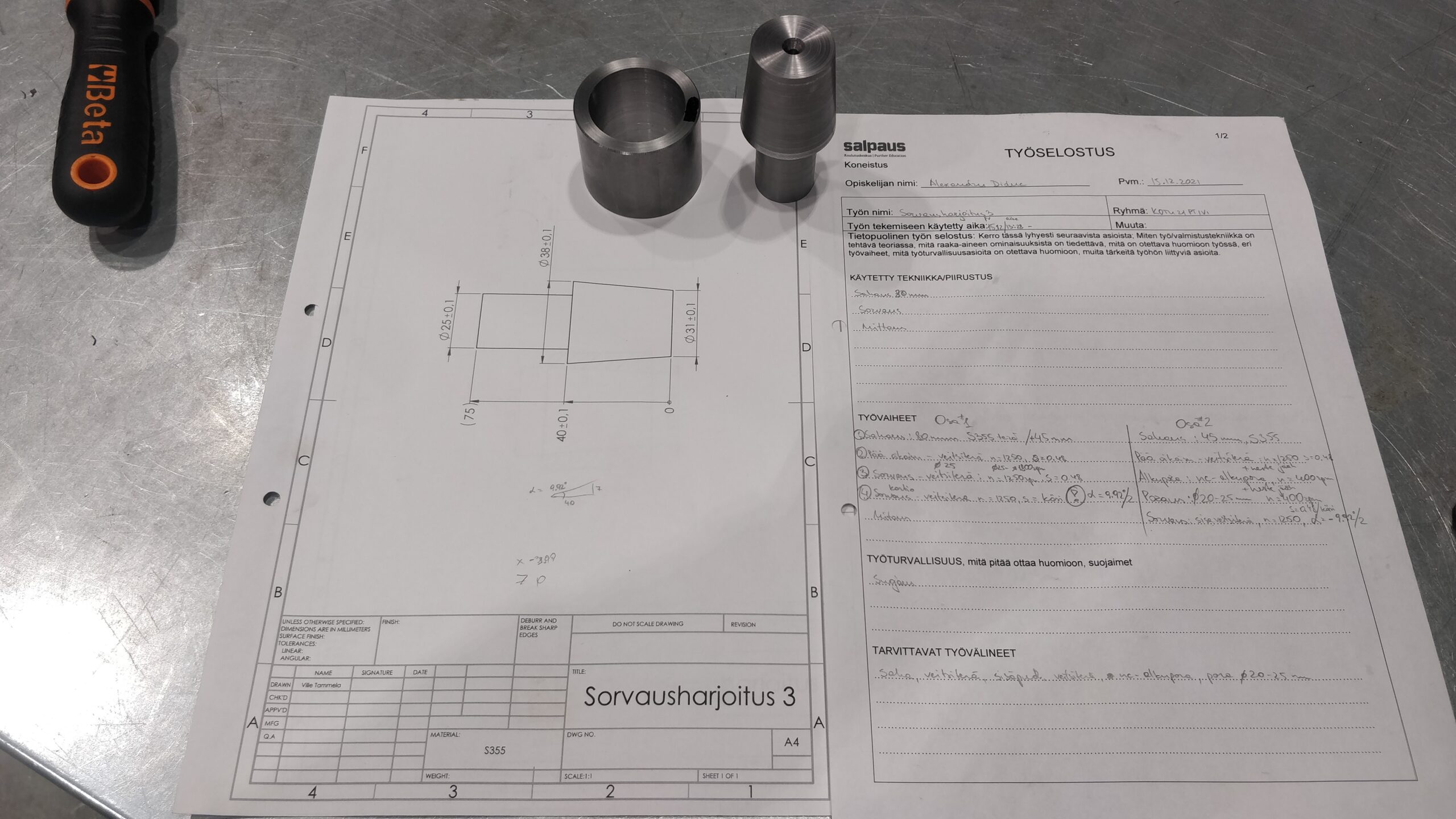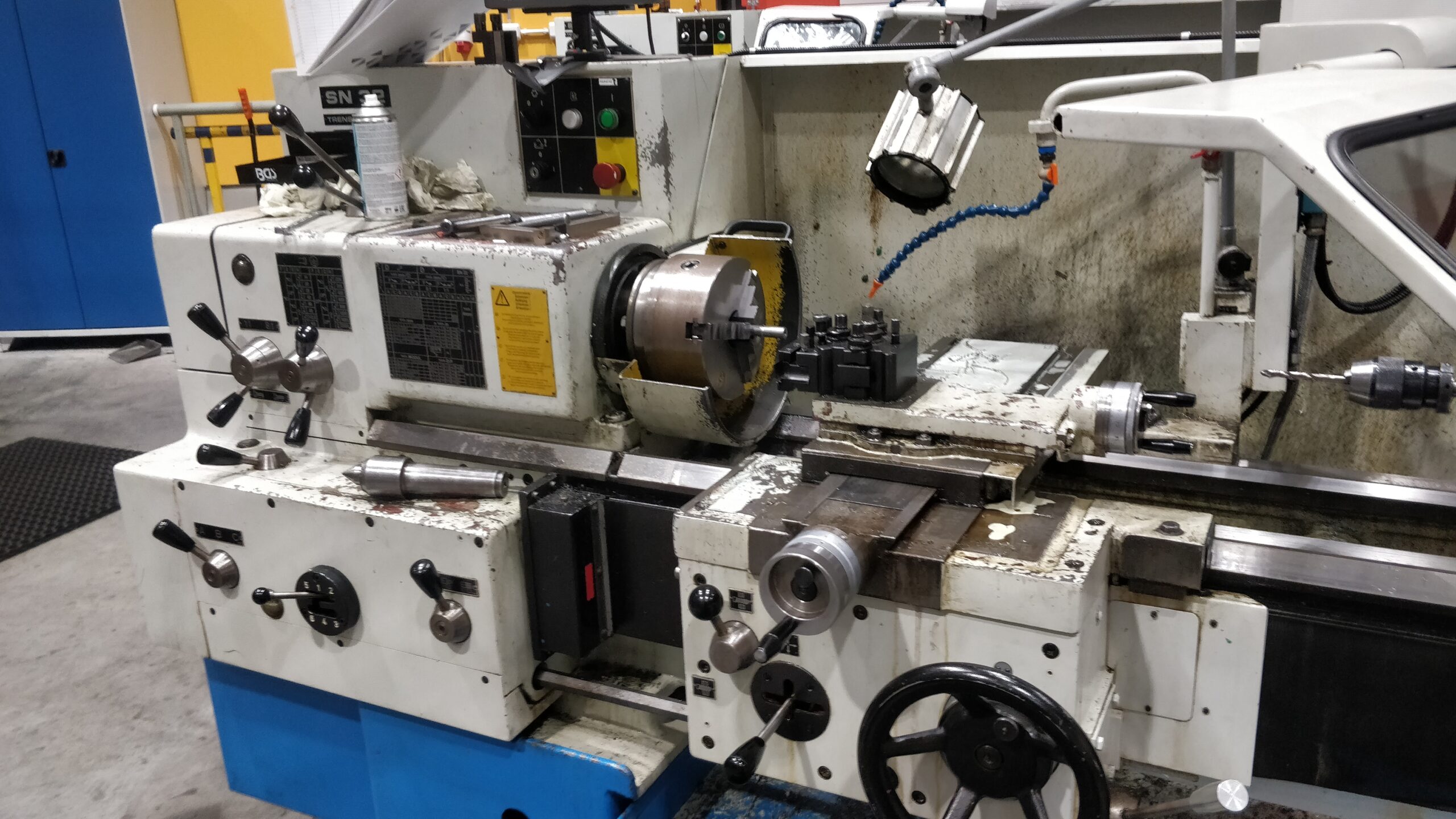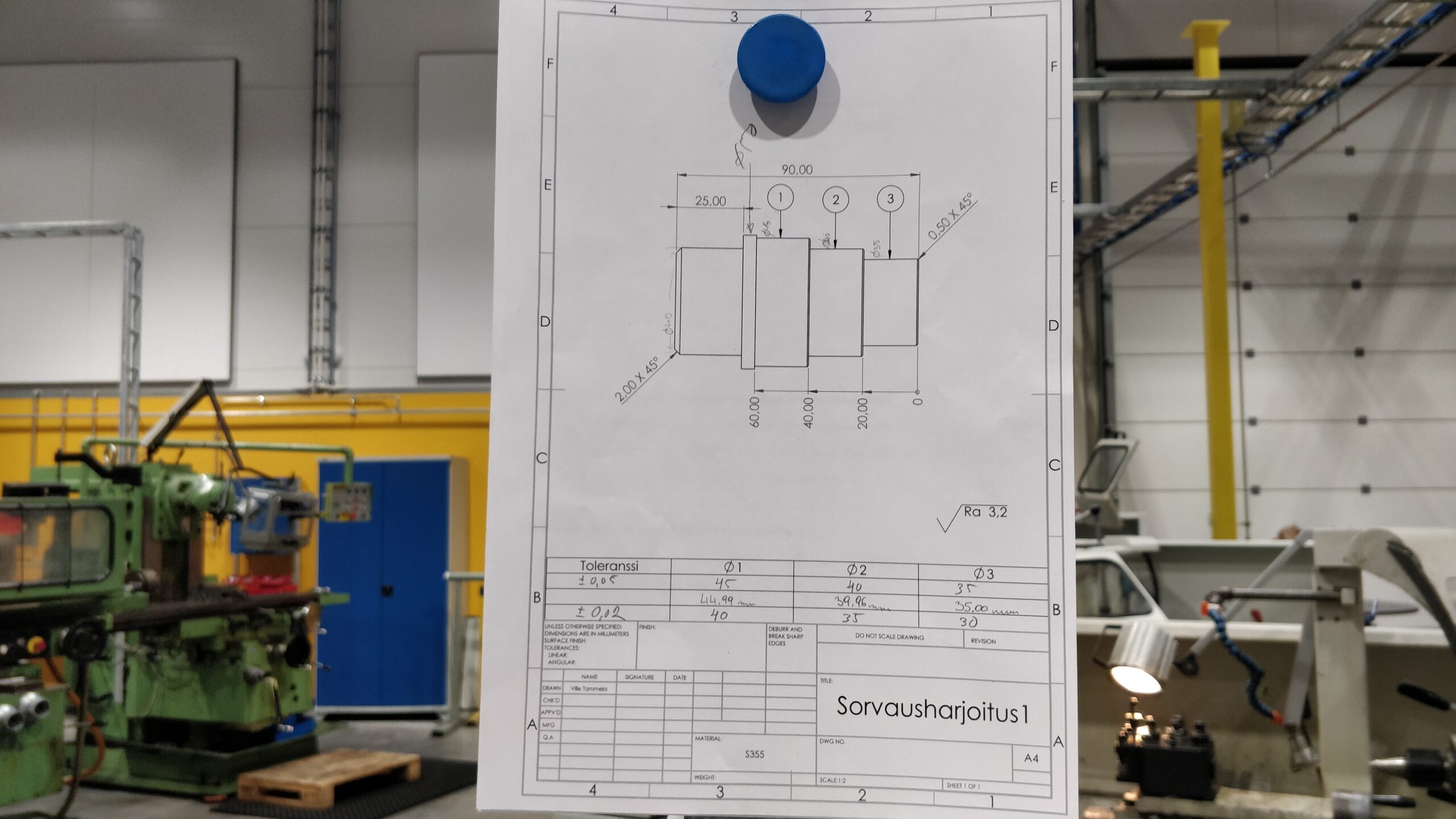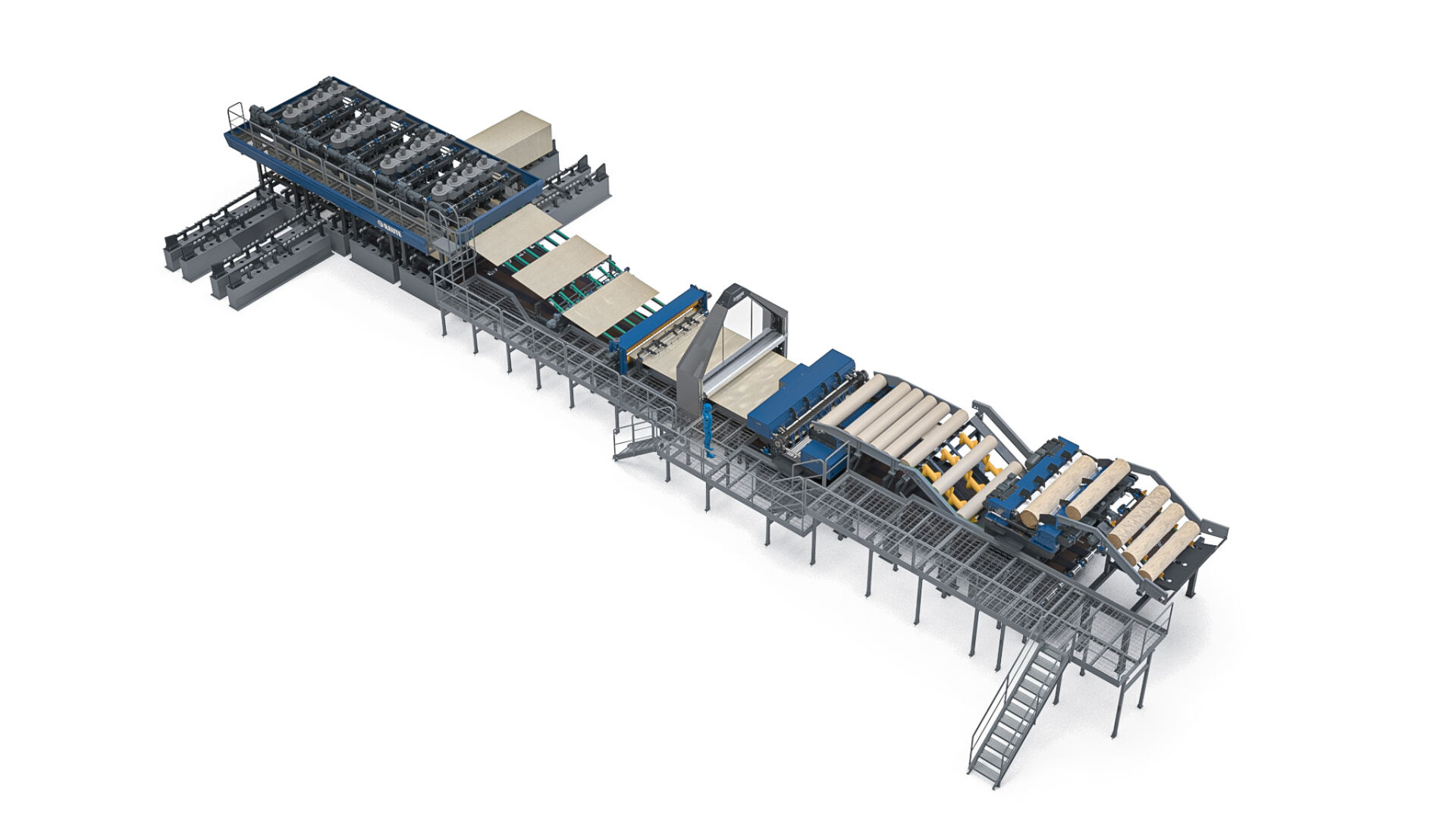It is surprising how far a human can go to deny the undesired but evident. All of the discussions about meaning and absurdity by Camus, Sartr, Russel, Becker and the likes are the stubborn denial of the evidence and the obvious. Nevertheless, they go in depths in order to justify their poor choice with complex and rigorous reasoning, which once and for more proves that we are the product of the stories we choose to tell to ourselves. Their stories though sound sublime and heroic wrapped in solemnity in essence are empty. In the words of Andersen’s fairytale punchline, “The emperor has no clothes.”
Author: A.Diduc
What is the measure of success – to have or to be
I still haven’t met a single person, who consciously has made a decision to be a failure, not a single person has made a plan from his childhood to be a loser. It is natural to strive, fight, aim and rush towards a goal. Even the most broken people in our society, when asked about his dreams can produce a single dignified and worthy objective he/she wanted to be and to achieve. We all want to be successful, to be fruitful, to live an abundant and exciting life. However, when asked about success and that desired life, we often get lost in the definitions. What is measure of success then?
Admittedly, we live in the times when the measure of success is very messed up. The social media, educational institutions, marketing and advertisements portray success in a very mercantile manner. The materialistic, possessive mode of existence dominating the modern society expressed in a condensed ‘Career-Stuff&Travel’ model lays at the foundation of the success assessment. This mindset prioritizes acquisition and consumption over the more meaningful way of living. Yet, due to its immediate visibility, ‘Career-Stuff&Travel’ has undeniable argumentative power – you either have it or not. If you have it, show it; if you don’t – shush! Any attempt to challenge the status quo meets the opposition commonly expressed as: “You say so because you are poor” or “Oh, if you are so smart, why are you so poor?”
Two centuries ago Talleyrand, French statesman, has given rather exhaustive and concise argumentation against the absurdity of the claim. He said:
To make a lot of money, you do not have to be smart, but need to lack conscience (Charles Maurice de Talleyrand-Périgord).
However, the sense of superiority and self-justification are too hard to set aside. The strong mythology of materialistic success as expression of the inner riches appeals to the deepest needs of a human soul blinding one’s mind with its charm just as it was with the King Theoden from ‘The Lord of the Rings’ under the spell of Grima.
Continue reading “What is the measure of success – to have or to be”
Bach – Air by Friedrich Gulda
The beauty of art, and music in particular, is in its ability to exalt one’s soul into transcendence without any manipulation, force, even an effort. This interpretation of Bach’ Air in D Major by Friedrich Gulda is magnificent. Enjoy! Do not skip on that one.
Work Portfolio: Machining Turning Project – Part 3
Machining Turning project on SM 32 lathe of the Part 3. The main task of the project was to practice cutting on lathe two parts both inside and outside a bulk in such way that produces (near) perfect fit within given tolerances and allocated time.



Work Portfolio: Machining Turning Project – Part 2
Work Portfolio: Machining Turning project – Part 2. The main task of the project was to finish practice cutting inside a bulk part within given tolerances and allocated time.

On Trends Related to Recovery of Rare Earth Metals from the Waste of Electronic Devices

Individual Project Work about the prospects of recovering the Rare Earth Metals from e-Waste – On Trends Related to Recovery of REMs from the Electronic Devices’ Scrap (PDF)
Work Portfolio: Machining Turning project – Pin
Work Portfolio: Machining Turning project – Pin. Machining project – Turning project – Pin with a drilled whole for locking pin. The main task was to finish the part within given tolerances and allocated time.

Work Portfolio: Machining Turning Project – Part 1
Machining project – Turning project – Part 1. The main task was to finish the part within given tolerances and allocated time.



Continue reading “Work Portfolio: Machining Turning Project – Part 1”
Work Portfolio: Veneer Peeling Line Layout Design Optimization
As a part of R&D team, I worked on layout optimization of a veneer peeling line R3 by Raute. The aim of the research project was to streamline installation and reduce the people count necessary for the setup.


Due to a non-disclosure agreement, I cannot go in details about the work. However, working on a line layout has given quite good understanding of the underlying processes of veneer peeling, critical elements of the system and its underlying modules. The proposed solution helped streamline the installation and reduced the need in skilled workers for the setup of the equipment.
50 Business Diagrams for Strategic Planning
Sometimes, the task of strategic planning is overwhelming. The breadth of the issues often stunts with the question ‘WHERE DO I START‘. Here is a list of 50 business diagrams for 50 business diagrams for strategic planning (by Cinergix Pty) in one PDF file with brief explanation of each.
For brainstorming:
- Affinity Diagram
- Decision Tree
- Mind Map
- SCAMPER template
For documentation:
- BPMN
- Employee Journey Map
- Organizational Chart
- Service Blueprint
- SIPOC Diagram
- Value Stream Map
For meetings:
- Retrospective Meeting Template
For project management:
- Action Plan
- Communication Plan
- Lessons Learned Template
For research and analysis:
- Cause and Effect Diagram
- Competitor Analysis
- Customer Journey Map
- Empathy Map
- Force Field Analysis
- User Persona Diagram
For strategy and planning:
- ADL Matrix
- AIDA Model
- Ansoff Matrix
- BCG Matrix
- Business Capability Map
- Business Model Canvas
- Impact Effort Matrix
- Lean Canvas
- OKR Goal Setting Template
- Operating Model Canvas
- Perceptual Map
- PEST Analysis
- Porter’s Five Forces
- Product Roadmap
- Project Charter
- Risk Assessment Matrix
- SMART Goal Framework
- SOAR Analysis
- Stakeholder Map
- STEEPLE Analysis
- Strategy Map
- Strategy Diamond
- SWOT Analysis
- Value Chain Analysis
- Value Proposition Canvas
- VRIO Analysis
- 5 Why’s Analysis
For task management:
- Eisenhower Matrix
- Gantt Chart
- Workflow Diagram
